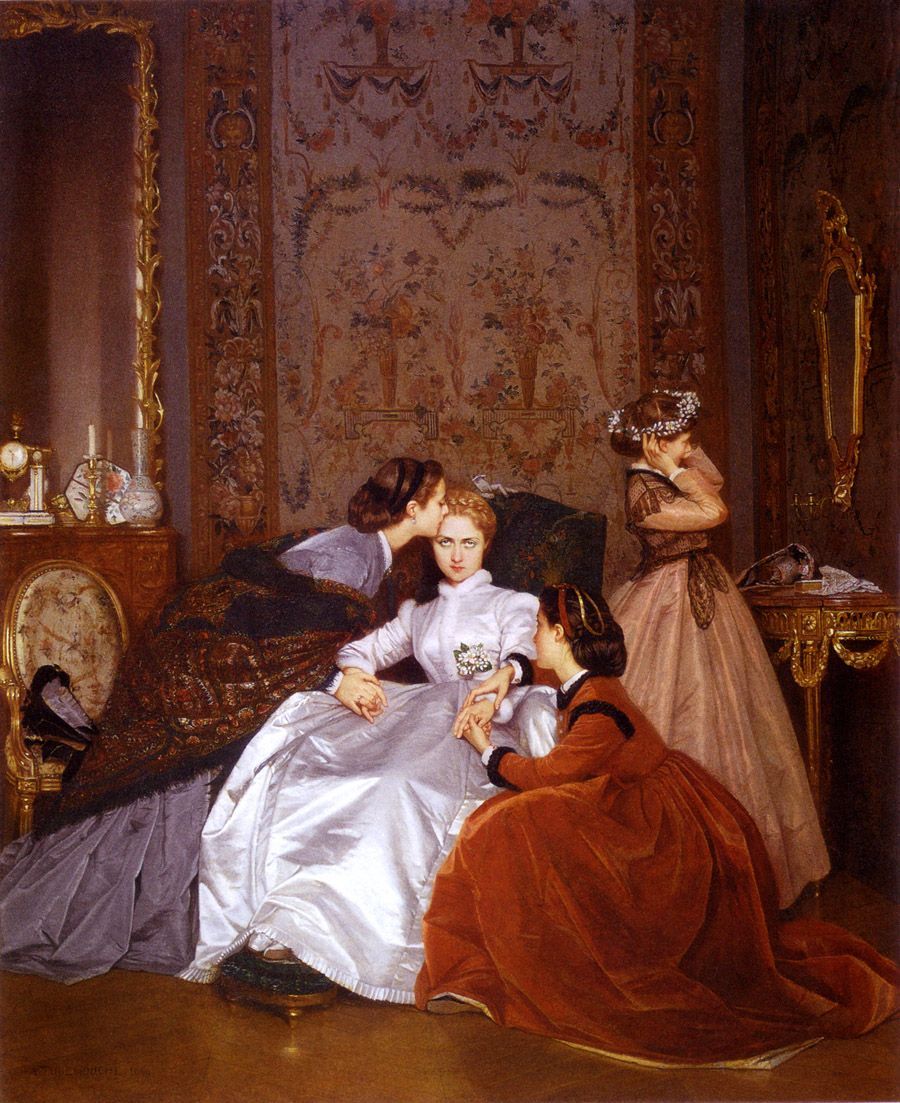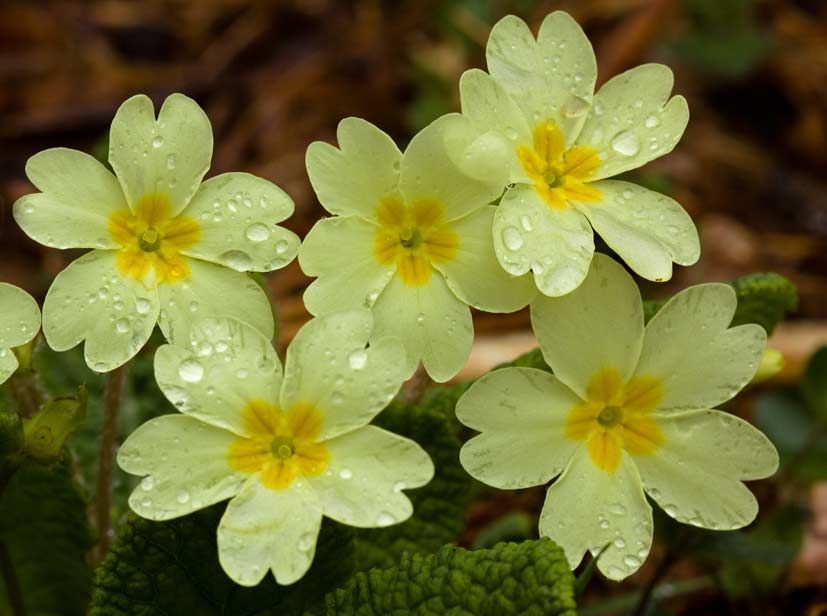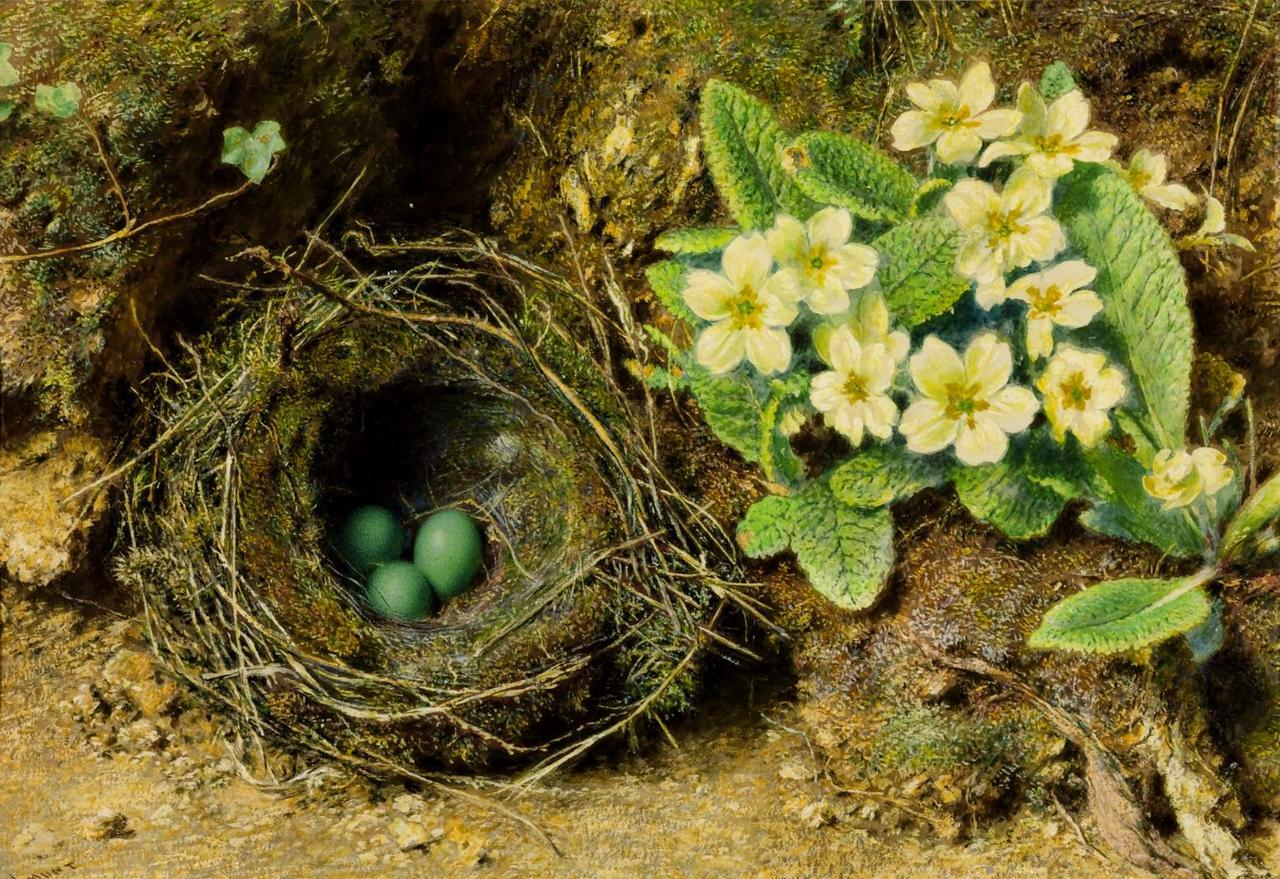“The death of a beautiful woman is, unquestionably, the most poetical topic in the world – and equally is it beyond doubt that the lips best suited for such a topic are those of a bereaved lover.”
(Edgar Allan Poe)
 Paul Delaroche, The Young Martyr (La jeune martyre), 1853
Paul Delaroche, The Young Martyr (La jeune martyre), 1853
American poet and writer Edgar Allan Poe famously wrote that “the death of a beautiful woman is, unquestionably, the most poetical topic in the world”, and no one other writer devoted himself to writing about pale, ghostly maidens and beautiful dead women with such a feverish passion. When I think of Beauty, Love and Death in literature, I instantly think of Poe, but what about the visual arts? I envisaged this post as a part one of a little overview of dead or dying women captured not with ink on paper, but in colour on canvases. The first example I’ve chosen of a girl – beautiful, young and dead, the winning combination for the utmost beauty, is the painting “The Young Martyr” by a French painter Paul Delaroche. This is probably his most famous work and it is easy to see why; the painting’s romantical and mystical flair is just mesmerising. A young Christian martyr is floating on the surface of the river, her halo shines so strongly with such pure golden light that the gentle ripples of the water of Tiber are painted in its yellow glow. Her hands are bound with a rope and only a flimsy white gown is covering her body. Her hair looks like that of a mermaid, and as we gaze at her lovely pale face, we might believe for a moment that she is still alive. She looks angelically beautiful, without a doubt. Delaroche’s beloved, adored wife Louise died in 1845 at the age of thirty-one and the artist was deeply miserable about it, so there is a personal connection there as well.
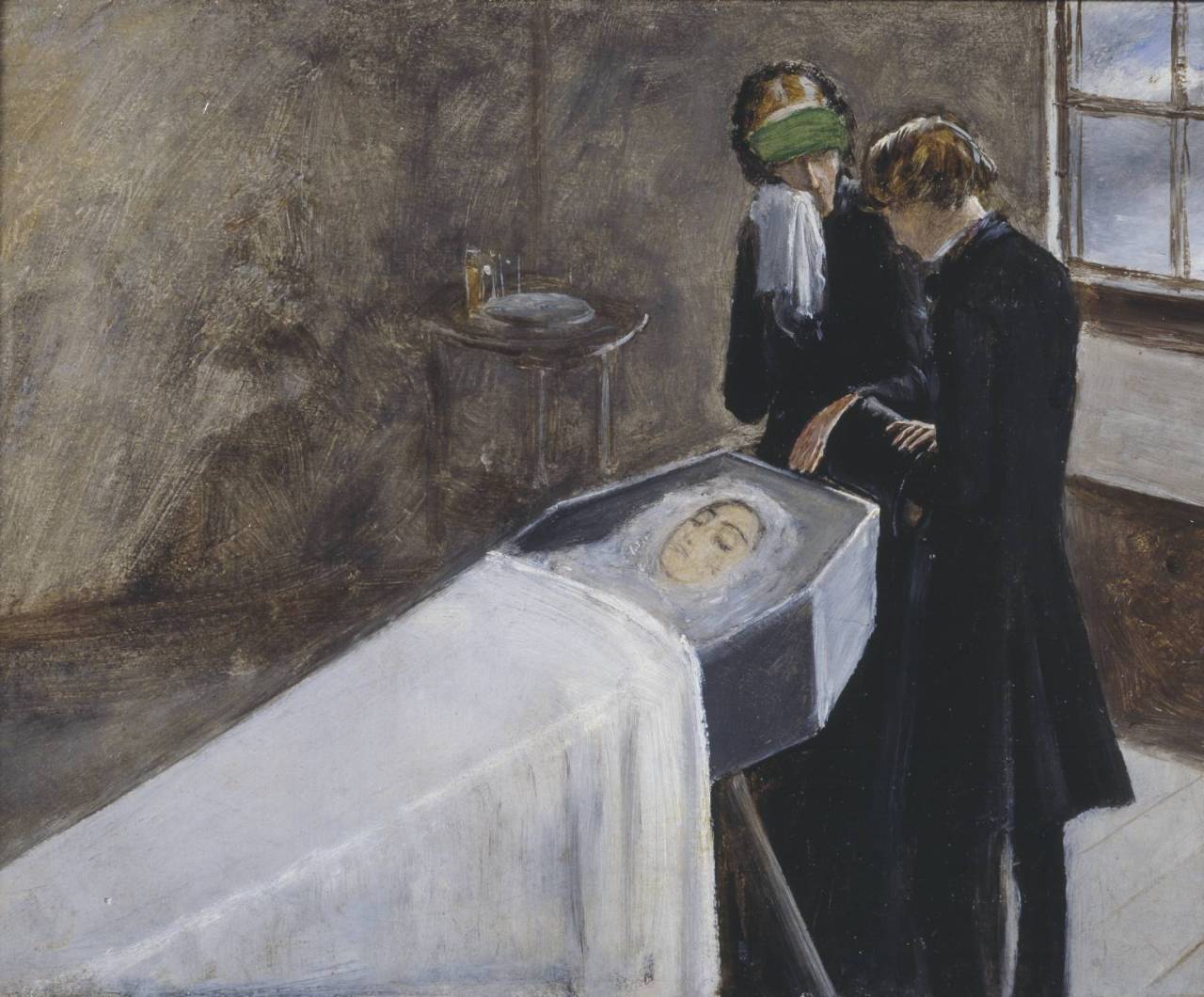
John Everett Millais, The Artist Attending the Mourning of a Young Girl, 1847
The next example is very different in colours and style. “The Artist Attending the Mourning of a Young Girl” is a very early work by the Pre-Raphaelite painter John Everett Millais. His famous “Ophelia” was painted only two years later and there is a stark contrast between those two artworks. This painting doesn’t have the intricate, lush details nor the gentle melancholy of Ophelia, and the colours are not vivid and clear but toned down. The shades of black and grey, along with the simple, almost bare composition, add to the realism of the painting. The now lost inscription on the back of the painting said: “The painting represents an incident in Millais’s own life when he was sent for by people unknown to him, but who knew him to be a young artist, to draw a portrait of a girl in her coffin before her burial. The scene moved him so much that when he got home he made this sketch showing himself being asked to draw the girl’s portrait.” This could explain the sketchy style of the painting; it was done from the memory, unlike Ophelia which was carefully and patiently crafted. The dead girl’s face looks like that of a doll; pale, sad doll wrapped in flimsy veils.

Found Drowned, George Frederic Watts, 1850
While Delaroche’s “The Young Martyr” was painstakingly romantical and mystical, this painting by George Frederich Watts, “Found Drowned” is all but romantic. Watts is sometimes associated with the Symbolist movement, but in this painting he focused on a social realism genre because this dead, young girl washed ashore on the murky waters of the Thames is clearly a working class girl who had committed suicide because life’s prospects were bleak and it seemed like the only option. Is she not a working class martyr then? The painting was inspired by the poem “The Bridge of Sighs by Thomas Hood, published in 1844 and here are a few appropriate verses:
“One more Unfortunate
Weary of breath
Rashly importunate,
Gone to her death!
Take her up tenderly,
Lift her with care;
Fashion’d so slenderly,
Young, and so fair!”
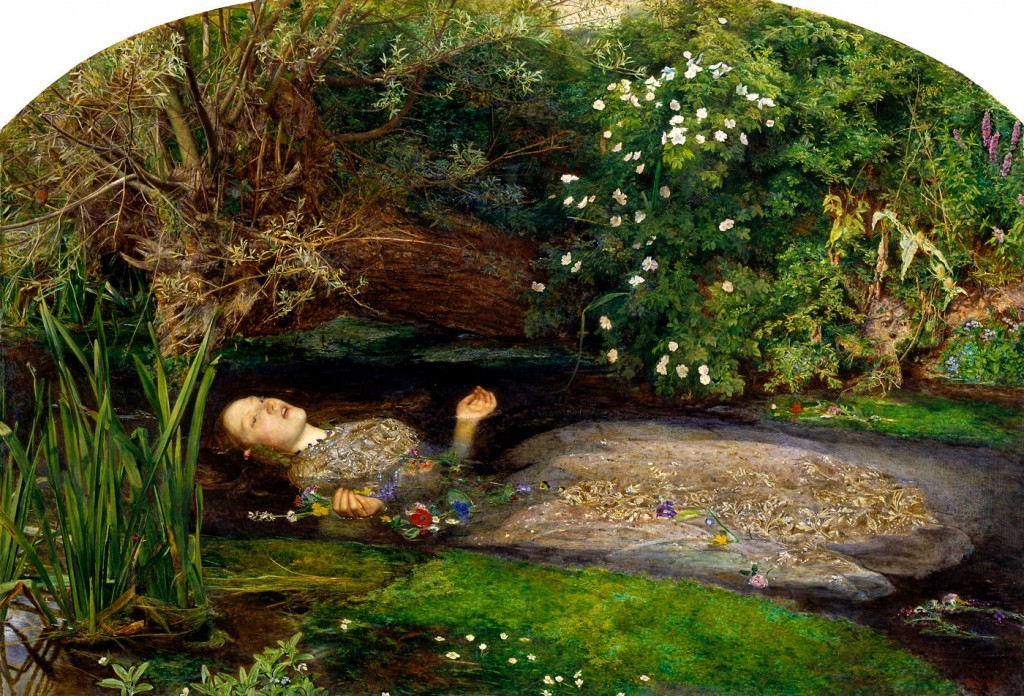
John Everett Millais, Ophelia, 1852
Millais’ painting “Ophelia” is perhaps the visual archetype of a young and beautiful dead woman in art. No other painting quite surpasses the vibrant and melancholy beauty, intricacy and magic of Millais’ Ophelia. Even though the painting is static and flat, I can really see her sinking gently into the water, as in a dream, while the moss is sighing and the reed is murmuring. Ophelia is becoming one with nature, her hair will mingle with the river, tangle with the reed, and flowers all around her speak of bloom while she is experiencing her death. The model for Ophelia was Elizabeth Siddal, the moody anorexic redhead lover and muse of a fellow Pre-Raphaelite painter and poet Dante Gabriel Rossetti. Her red hair, the gesture of her hands, that shimmering white dress, and not to mention the expression of ecstasy on that face and those slightly parted lips, it all adds to the ethereal magic of the painting. Ophelia’s beauty is captured forever on this canvas; she will never grow old and have wrinkles, her cheeks are feverish and rosy from the eerie and hot kiss of the Death and she longs for nothing no more.

Walter Crane, Lady of Shalott, 1862
The last example for the Part One of this post is a painting “Lady of Shalott” by a fellow Pre-Raphaelite painter Walter Crane. Seen from the profile, lying in the boat, dressed in silvery robe, her long wavy brown hair spread around her, Lady of Shalott looks like the dreamiest corpse. Her face is so pale and her eyelids closed so tenderly, as if a gentle kiss from her beloved closed them, and not death. One can almost envy her serene peacefulness. Would you not to glide down the river, towards eternity, not seeing the tree tops and birds above you, but feeling them and hearing them as if through a mist, because your senses are fading and this world means nothing to you no more.
Tags: 1862, 19th century art, art, dead, dead girls, Death, death in girls, found drowned, George Frederic Watts, John Everett Millais, Lady of Shalott, Millais, Morrissey, Ophelia, Painting, Paul Delaroche, Poe, pretty girls make graves, The Smiths, The Young Martyr, victorian art, Victorian era, Walter Crane
 Dante Gabriel Rossetti, St George and Princess Sabra, 1862, watercolour
Dante Gabriel Rossetti, St George and Princess Sabra, 1862, watercolour






